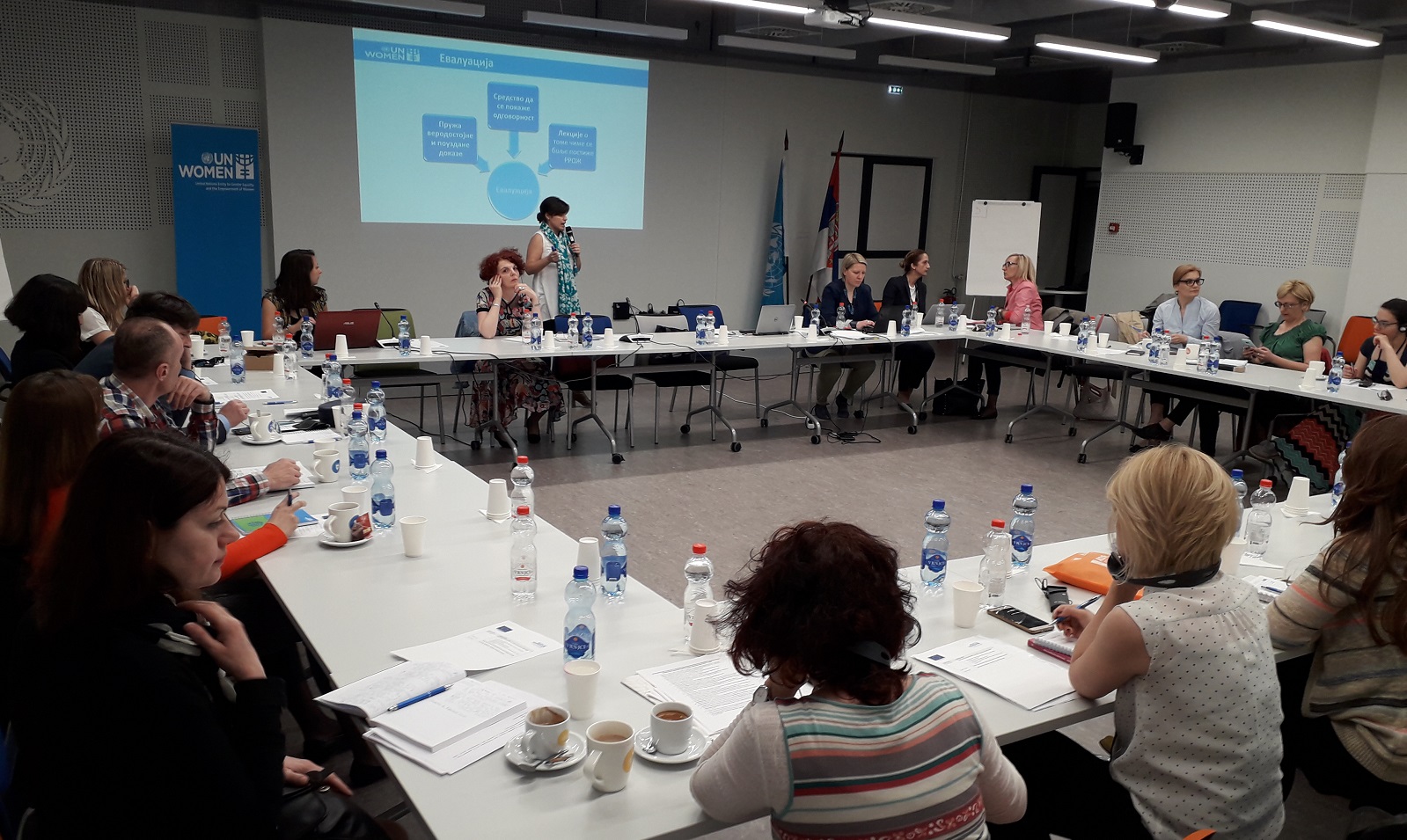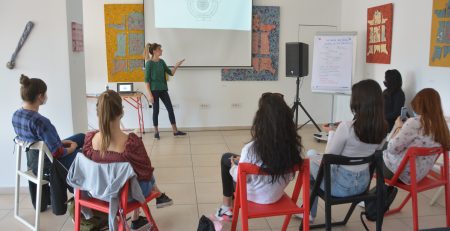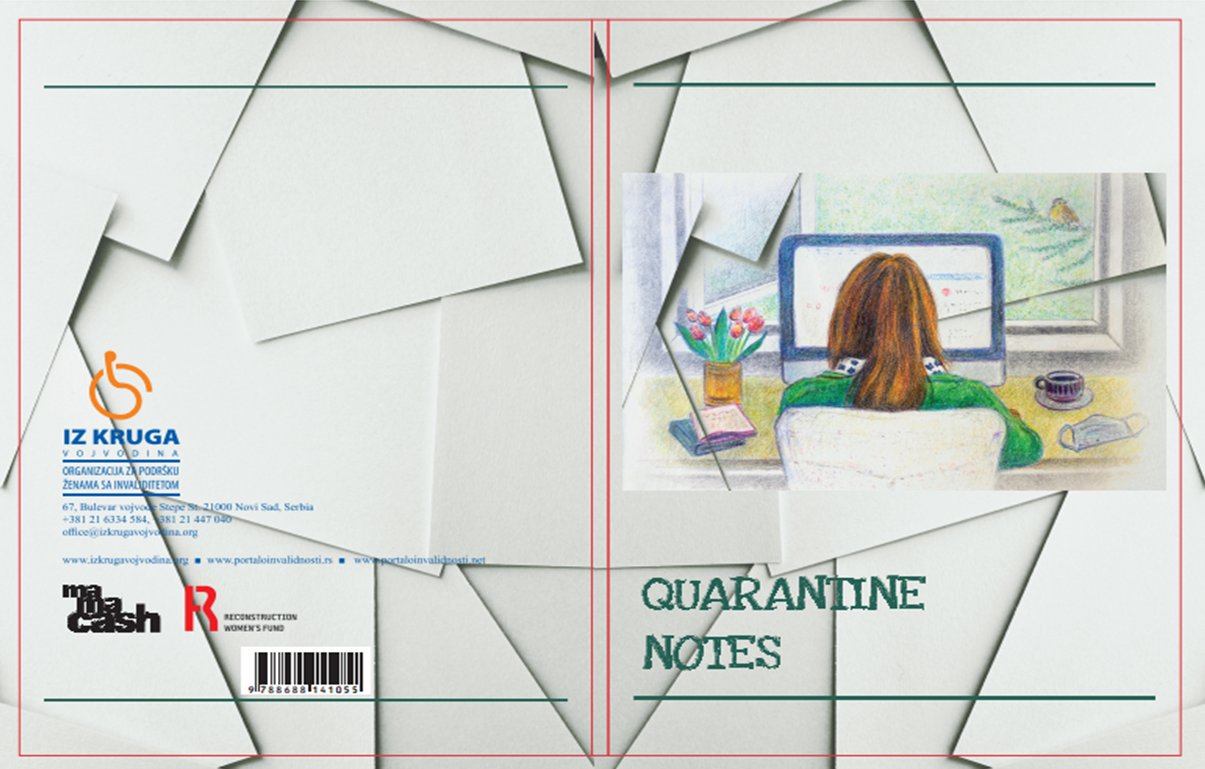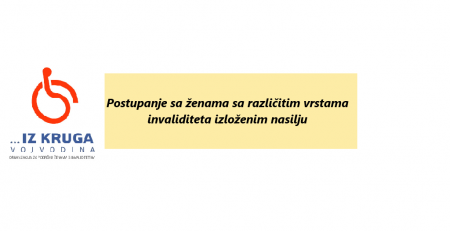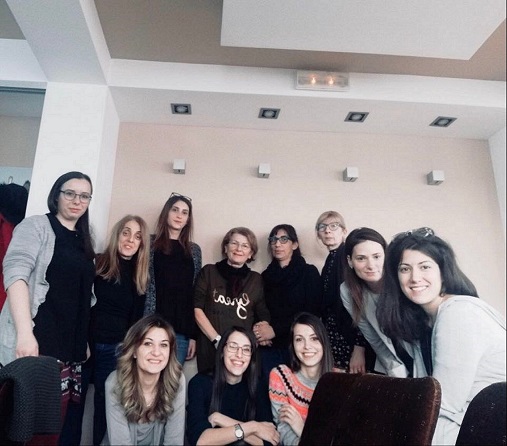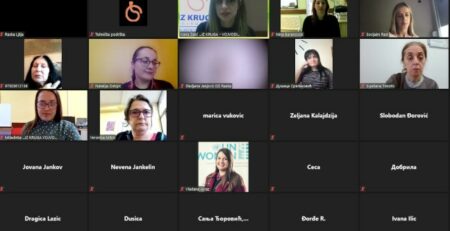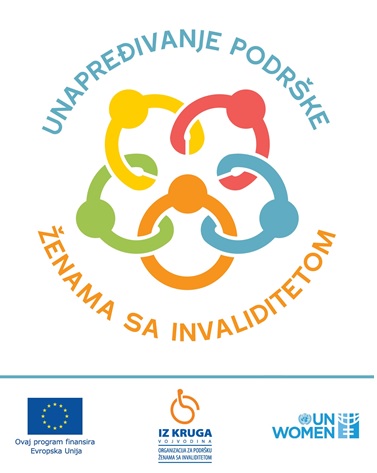The UN Entity for Gender Equality and the Empowerment of Women (UN Women) in Serbia started the 2016-2018 Gender Equality National Action Plan (NAP) evaluation process preparation yesterday. The meeting at the seat of the Serbian UN Country Team in Belgrade brought together persons acting as gender equality focal point in ministries and other state institutions, as well as other key actors in the process of NAP implementation, including civil society organizations. The representative of …IZ KRUGA – VOJVODINA at this meeting was Ankica Dragin.
The facilitator of the meeting was Isabel Suarez Garcia, an evaluation specialist with the UN Women Regional Office in Istanbul, while its participants were over 20 representatives of ministries, independent human rights institutions, civil society organizations dealing with women’s rights, as well as the Serbian Government Gender Equality Coordination Body and Human and Minority Rights Office.
The aim of the meeting was to discuss key steps of the forthcoming NAP evaluation, including identification of the most relevant information sources, the scope of the entire process, its timeframe, as well as potential challenges during its implementation. The participants gave their feedback concerning issues the evaluation should address in order for its recommendations regarding drafting the following NAP and Gender Equality Strategy to be relevant and feasible.
The key challenge concerning data collection and their interpretation in the context of relevance, effectiveness, efficiency and sustainability of measures stipulated in NAP is a lack of relevant documents, aka institutional reports resulting from their failure to recognize the significance of gender equality. This is why gender equality principles are being implemented selectively, sporadically, or are not at all reflected in their work. According to the meeting participants, there has been some advancement in implementation of the current NAP as compared to the previous period, the example thereof being the legal obligation of gender sensitive budgeting within institutions at all levels that entered into force in 2016.
Another observation was that the level of consciousness of institutions about the possibilities of advancement in the field of gender equality brought about by evaluations such as the forthcoming one is on an insufficient level. Institutional experience also indicates that some NAP fields have been given more space that others, while its activities are mostly funded from project funds, aka donations. The participants also formulated some additional questions the evaluation should answer concerning delegation of institutional jurisdiction over NAP activities, as well as their results and effects. Finally, they concluded that the amount of funds in the state budget set aside for gender equality is disproportionate not only to the significance of this issue in our society, but also to the attention this issue has – and deserves – with the public.
Prepared by Ankica Dragin
